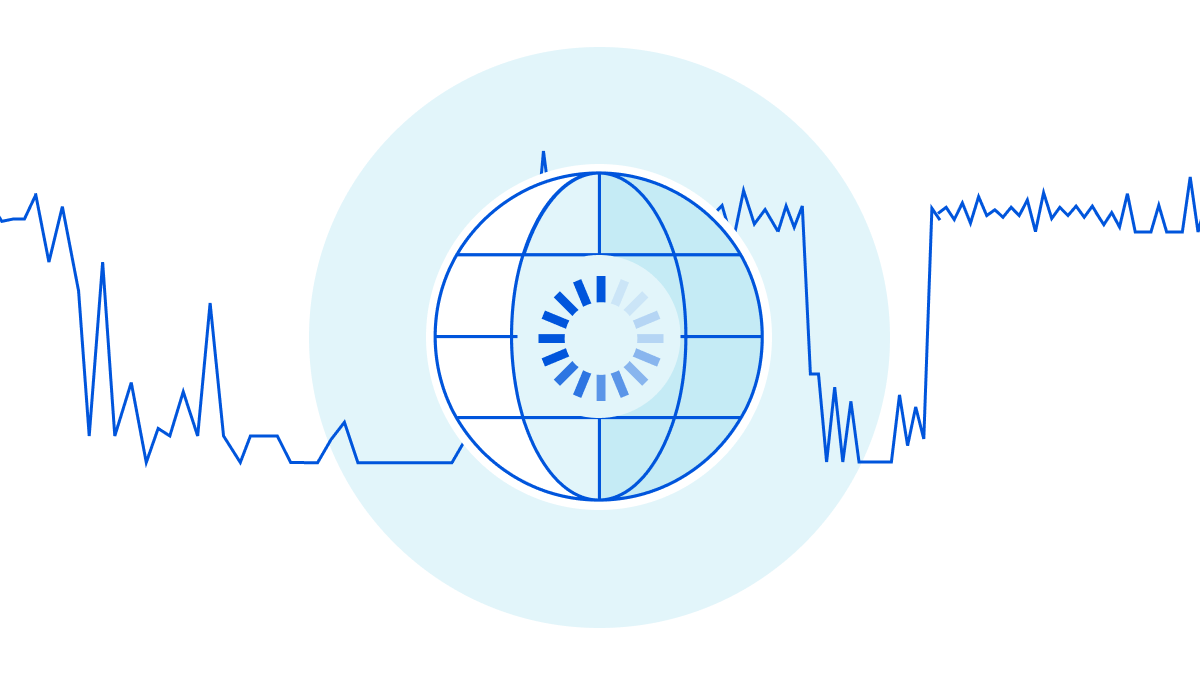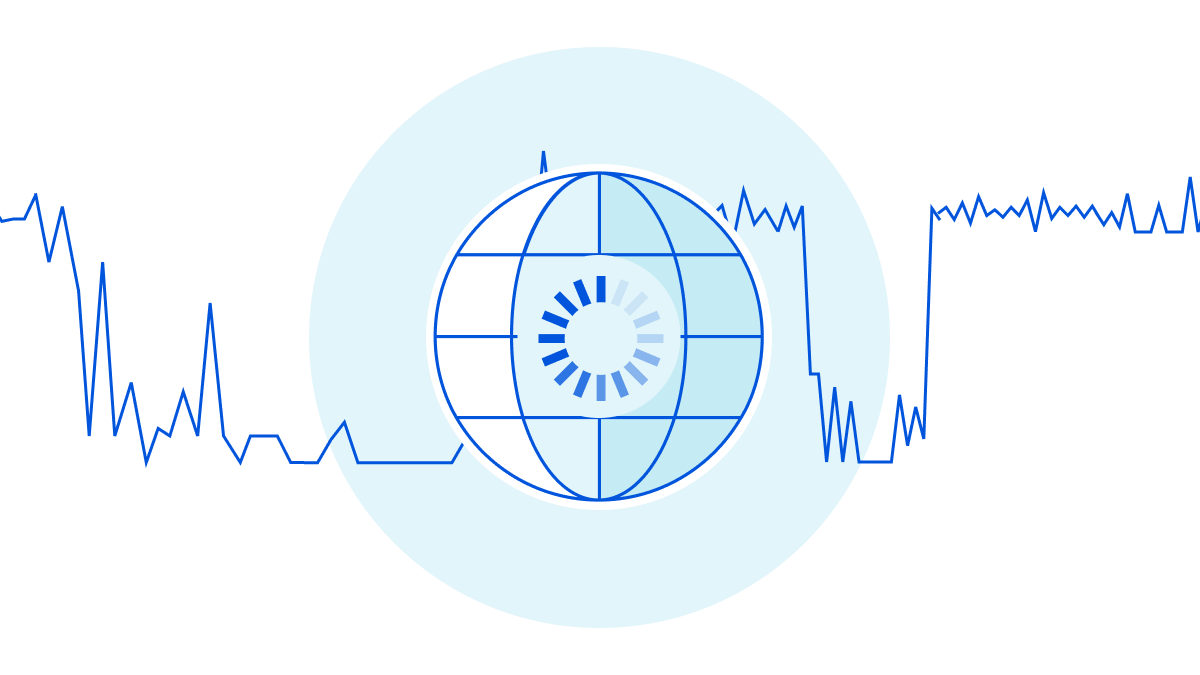HS035 Quiet Quitting Hustle Culture
Whats the deal with Quiet Quitting ? Johna & Greg get into a heated debate about the nature of work. Johna wants people to ‘do your job’, Greg wants ‘pay me more to do more’. How much can a companies expect from their employees as hustle culture is being rejected by more people.
The post HS035 Quiet Quitting Hustle Culture appeared first on Packet Pushers.
HS035 Quiet Quitting Hustle Culture
Whats the deal with Quiet Quitting ? Johna & Greg get into a heated debate about the nature of work. Johna wants people to ‘do your job’, Greg wants ‘pay me more to do more’. How much can a companies expect from their employees as hustle culture is being rejected by more people.Internet disruptions overview for Q3 2022


Cloudflare operates in more than 275 cities in over 100 countries, where we interconnect with over 10,000 network providers in order to provide a broad range of services to millions of customers. The breadth of both our network and our customer base provides us with a unique perspective on Internet resilience, enabling us to observe the impact of Internet disruptions. In many cases, these disruptions can be attributed to a physical event, while in other cases, they are due to an intentional government-directed shutdown. In this post, we review selected Internet disruptions observed by Cloudflare during the third quarter of 2022, supported by traffic graphs from Cloudflare Radar and other internal Cloudflare tools, and grouped by associated cause or common geography. The new Cloudflare Radar Outage Center provides additional information on these, and other historical, disruptions.
Government directed shutdowns
Unfortunately, for the last decade, governments around the world have turned to shutting down the Internet as a means of controlling or limiting communication among citizens and with the outside world. In the third quarter, this was an all too popular cause of observed disruptions, impacting countries and regions in Africa, the Middle East, Asia, and the Caribbean.
Iraq
How Calico CNI solves IP address exhaustion on Microsoft AKS
Companies are increasingly adopting managed Kubernetes services, such as Microsoft Azure Kubernetes Service (AKS), to build container-based applications. Leveraging a managed Kubernetes service is a quick and easy way to deploy an enterprise-grade Kubernetes cluster, offload mundane operations such as provisioning new nodes, upgrading the OS/Kubernetes, and scaling resources according to business needs.
AKS also provides a fault-tolerant Kubernetes control plane endpoint and automates the worker node maintenance and deployment process. With regards to networking within the cluster, AKS provides an integrated CNI to address basic Kubernetes networking requirements, such as configuring network interfaces and providing connectivity between pods. However, the basic container networking in Microsoft AKS comes with a limited set of IP addresses. As businesses grow, so does application usage. Having a limited set of IPs can cause scale, availability, and manageability challenges for Microsoft AKS users.
In this blog post, I will discuss IP address exhaustion on Microsoft AKS and how Calico can solve this issue. I will also explore how Calico can address scalability challenges and provide resources that can quickstart your journey in using Calico to solve IP address exhaustion on AKS.
Microsoft AKS BYOCNI
Earlier this year, Microsoft AKS introduced the ability to bring Continue reading
Full Stack Journey 071: Technology Short Takes Audio Edition
Today on the Full Stack Journey podcast, host Scott Lowe tries something new with an audio version of his Technology Short Takes blog series. Scott takes three career-focused articles, shares a brief summary of the article, and then discusses the article in a little bit of depth.
The post Full Stack Journey 071: Technology Short Takes Audio Edition appeared first on Packet Pushers.
Full Stack Journey 071: Technology Short Takes Audio Edition
Today on the Full Stack Journey podcast, host Scott Lowe tries something new with an audio version of his Technology Short Takes blog series. Scott takes three career-focused articles, shares a brief summary of the article, and then discusses the article in a little bit of depth.Data Transformation and “Tool Sprawl”
When data transformation is performed correctly, combined with using only the necessary tools, NetOps and DevOps teams can access data efficiently, reduce manual errors and time, and extract insights for future automations.Understanding the Benefits of Graphiant’s Network-as-a-Service
Businesses cannot run a digital business on a legacy network. Graphiant’s NaaS provides an interesting option certainly over traditional WANs but also over many SD-WANs.Direct Connect — Part 2 — Public VIF
< MEDIUM: https://towardsaws.com/direct-connect-part-2-public-vif-5bc0a2d2c478 >
First Post ( Direct Connect – Part 1 )- https://raaki-88.medium.com/direct-connect-part-1-dc3e9369933
Direct Connect offering though it connects to AWS has a difference in operation depending on the VIF we connect.
Public VIF
→ So when we have this setup, this is in no way related to VPC at all, all this does is advertise Amazon-owned Public Prefixes for services like S3/EC2(Elastic-IP only, not your Private IP), and that’s all to it.
→ There is flexibility at the customer end to scope the advertisement propagation t LOCAL, CONTINENT, and GLOBAL levels within AWS in an outbound direction and has the flexibility to filter inbound updates which are advertised toward him.
Here is by default, how the Community scope looks like, you also have the flexibility to filter routes inbound to customers.
Note: Outbound communities restrict the advertisement of prefixes to region/continent/global scope for any sort of Any-cast implementations.

if the Customer sends a route with a community
7224:9100 → This will be local to the region
7224:9200 → This will be local to the continent, the scope is till the EU
7224:9300 → Global, by default its global even if you don’t export Continue reading
On Applicability of MPLS Segment Routing (SR-MPLS)
Whenever I compare MPLS-based Segment Routing (SR-MPLS) with it’s distant IPv6-based cousin (SRv6), someone invariably mentions the specter of large label stacks that some hardware cannot handle, for example:
Do you think vendors current supported label max stack might be an issue when trying to route a packet from source using Adj-SIDs on relatively big sized (and meshed) cores? Many seem to be proposing to use SRv6 to overcome this.
I’d dare to guess that more hardware supports MPLS with decent label stacks than SRv6, and if I’ve learned anything from my chats with Laurent Vanbever, it’s that it sometimes takes surprisingly little to push the traffic into the right direction. You do need a controller that can figure out what that little push is and where to apply it though.
On Applicability of MPLS Segment Routing (SR-MPLS)
Whenever I compare MPLS-based Segment Routing (SR-MPLS) with it’s distant IPv6-based cousin (SRv6), someone invariably mentions the specter of large label stacks that some hardware cannot handle, for example:
Do you think vendors current supported label max stack might be an issue when trying to route a packet from source using Adj-SIDs on relatively big sized (and meshed) cores? Many seem to be proposing to use SRv6 to overcome this.
I’d dare to guess that more hardware supports MPLS with decent label stacks than SRv6, and if I’ve learned anything from my chats with Laurent Vanbever, it’s that it sometimes takes surprisingly little to push the traffic into the right direction. You do need a controller that can figure out what that little push is and where to apply it though.
Tech Bytes: LiveAction Integrates NDR And Network Visibility (Sponsored)
The Tech Bytes podcast welcomes sponsor LiveAction, which provides network visibility and NDR products for network engineers. We’ll get an overview of LiveAction’s portfolio and take a closer look at new security capabilities in its ThreatEye Network Detection and Response product.
The post Tech Bytes: LiveAction Integrates NDR And Network Visibility (Sponsored) appeared first on Packet Pushers.
Tech Bytes: LiveAction Integrates NDR And Network Visibility (Sponsored)
The Tech Bytes podcast welcomes sponsor LiveAction, which provides network visibility and NDR products for network engineers. We’ll get an overview of LiveAction’s portfolio and take a closer look at new security capabilities in its ThreatEye Network Detection and Response product.Network Break 403: Startup Hedgehog Fuses SONiC And Kubernetes; Google, Intel Launch Mount Evans SmartNIC
Take a Network Break! This week we cover a lot of news including a new SONiC startup, Cisco and Microsoft teaming up on collaboration, new hardware from Google and Intel, a new SOC from Palo Alto Networks, space networking, and more.
The post Network Break 403: Startup Hedgehog Fuses SONiC And Kubernetes; Google, Intel Launch Mount Evans SmartNIC appeared first on Packet Pushers.